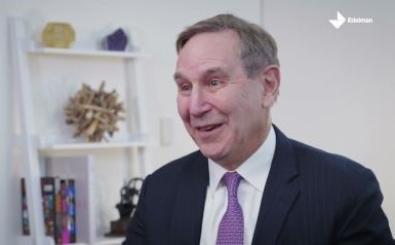***Article updated on 28/02/22***
DOWNLOAD THE FULL LIST
The international community has strongly condemned Russia’s incursion into Ukraine, with statements and punitive sanctions from the USA, the EU, UK, Japan, and other partners targeting Russian elites as well as President Putin’s inner circle and Russian financial institutions and companies.
On 25 February, EU Heads of State decided to impose sanctions covering the financial and banking sector, the energy and transport sectors, dual-use goods as well as export control and export financing, and visa policy. The Heads of State agreed to additional listings of Russian individuals and new listing criteria. On 26 February, the European Union, US, UK and allies have agreed to exclude a number of Russian banks from SWIFT, an international payment system used by thousands of financial institutions. The following day, the EU then agreed to provide 500€ million in funding for military equipment destined for the Ukrainian armed forces.
This document brings together reports and information gleaned primarily from official EU sources and government statements to paint a picture of the current – and rapidly developing – EU sanctions state-of-play.
EU Sanctions
Since Russia commenced its initial invasion on Tuesday 22 February, the EU together with its partners has proposed three rounds of sanctions, the first being approved on Wednesday 23 February and the second and third sets being respectively approved on 25 February and 28 February.
- First Round: On 23 February, the EU adopted the first round of sanctions in response to Russian recognition of the non-government-controlled areas of the Donetsk and Luhansk oblasts of Ukraine and sending of troops into the region. These sanctions could be described as moderately severe, yet quite comprehensive, targeting both high-ranking individuals, the secessionist regions of Donetsk and Luhansk, and Russian military and government finances.
- Second Round: On 25 February, EU leaders agreed to impose “massive” sanctions on Russia in order to “hold the Kremlin accountable” for its invasion of Ukraine, European Commission President Ursula von der Leyen said. The new sanctions include one very big energy-related measure: an export ban on machinery for the Russian oil sector, which von der Leyen said will make it “impossible for Russia to upgrade its oil refineries.” The EU’s foreign affairs ministers met on Friday to give final approval to the package settled by leaders overnight and to complement it with other additional measures targeting Russian President Vladimir Putin and his Minister of Foreign Affairs, Sergei Lavrov and the Russian Central Bank.
- Third Round: As Russian forces previously amassed near Ukrainian borders continue to move into Ukraine – increasing Russia’s active troop numbers in the country by 30% to 50% – and with Russian forces approximately 30 kilometres from Kyiv, the EU decided to launch new more punitive measures, as well as to provide direct military equipment support to the Ukrainian armed forces.
- Other initiatives: Finally, additional initiatives have also been suggested and in some cases already implemented. These measures, while supported by EU member states, are not technically EU sanctions, but will still have sweeping effects on a range of Russian and non-Russian entities in sectors ranging from energy to defence.
It is likely too early to assess whether the sanctions will succeed in discouraging further Russian aggression, and it is also too early to determine what kind of blowback the EU could expect from the sanctions on its own economy – such as on the EU’s financial, energy and transport sectors. But one could safely assume that the impacts will be severe, and myriad. Nonetheless, EU leaders have indicated via these sweeping sanctions that they are willing to bear whatever cost necessary to prevent further escalation.
As of writing on 28 February, Ukrainian and Russian delegations were set to engage in Belarus, though President Volodymyr Zelensky has warned that he does not expect the discussions to yield results.



